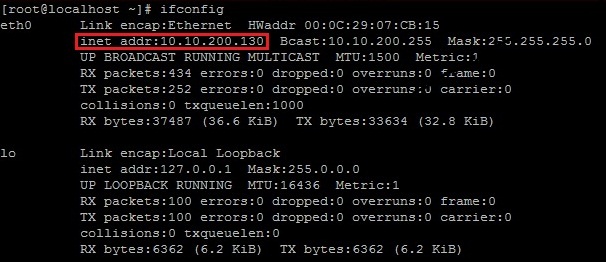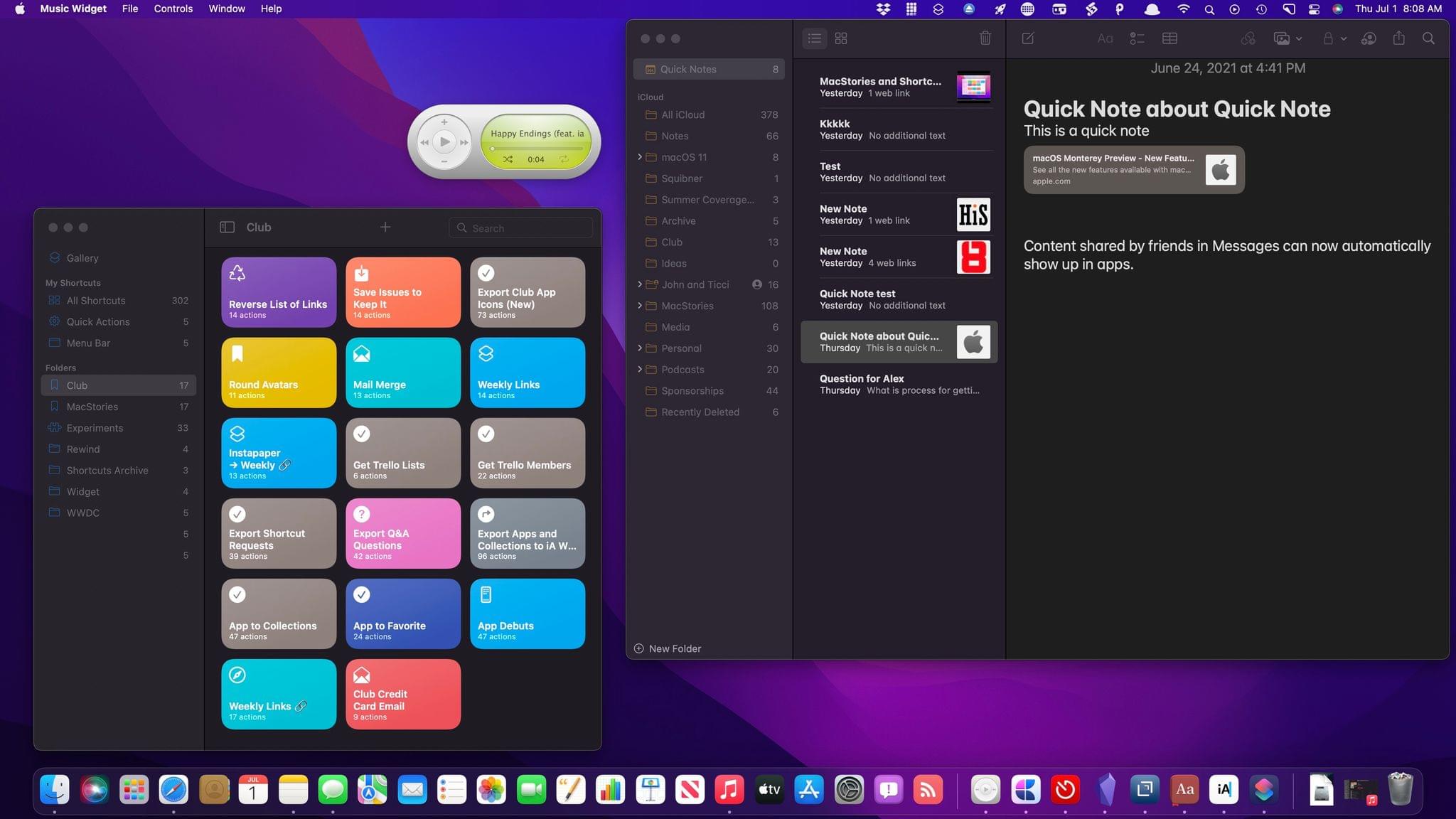
- #Full list mac startup commands upgrade
- #Full list mac startup commands pro
- #Full list mac startup commands software
- #Full list mac startup commands windows
But unfortunately, uninstalling an app sometimes leaves a login item with a broken link, to get rid of those parts you’ll need a consecrated app for the purpose.Īnd luckily, the aforementioned app Cleanup My System comes with an Uninstaller utility that can assist you in not only freeing up unneeded apps, but avoid associated hidden or broken files as well. Few simple clicks can help you to remove unwanted applications from Login items.Ī situation may arise that you have uninstalled an application so that it doesn’t pop up when you start the system. Simply add or remove items you no longer required. Just launch the application > Under Speed > Click on Startup Manager > A list will appear displaying all the applications in the list of Launch Items and Login Items.
#Full list mac startup commands software
The software comes with a Startup Manager functionality that helps users to manage Mac startup by allowing to enable, disable or add login items easily.Ĭleanup My System lists all the login items on your Mac! Download it now from the AppStore. Its advanced features not only improve your Mac’s performance but also helps in getting rid of unwanted stuff. Try using Systweak’s Cleanup My System that is a one-stop solution for optimizing your system. A dedicated software that will optimally list all the items that your Mac alone might miss. If you don’t want to disable Mac login items manually, there’s an easy and fast solution you can try. You can also remove multiple apps by holding cmd (command) button.Ĭhoosing the (-) will remove startup items, whereas clicking (+) symbol will again add the startup programs. Step 5- Final showdown! Select the apps you want to disable > Click on the (-) symbol. Step 4- Login Items consist the whole list of apps that gets automatically started every time you boot your system.
#Full list mac startup commands upgrade
Today.Tips to Reduce Memory Usage on Mac Thinking about upgrading your Mac because you are not getting satisfactory output? But do you really need to upgrade it?.
#Full list mac startup commands pro
Press Command-R during startup to start your Mac from the Recovery System.įor 2018 / 2019 Macbook Pro with the Secure Boot T2 Chip, see the 2018 Macbook Pro Boot from USB instructions.Ī fully encrypted computer with anonymous browsing, ready to use.

Depending on the Mac you are using and the version of OS X that is installed, the Recovery System volume (Recovery HD) might not show up in Startup Manager.If the volume contains OS X, start your computer from OS X Recovery and use Disk Utility to repair the volume, or reinstall OS X on the volume using the Recovery System. If you’ve installed an operating system on a drive but it isn’t listed, the volume you’re trying to start from might need repair.Volumes that don’t contain a valid operating system aren’t listed in Startup Disk or Startup Manager.
#Full list mac startup commands windows

You can also attach FireWire or USB external hard drives that contain an operating system to add to the list of startup volumes.

If you have an optical drive connected to your computer, you can insert an installation disc to see it in Startup Manager.



 0 kommentar(er)
0 kommentar(er)
